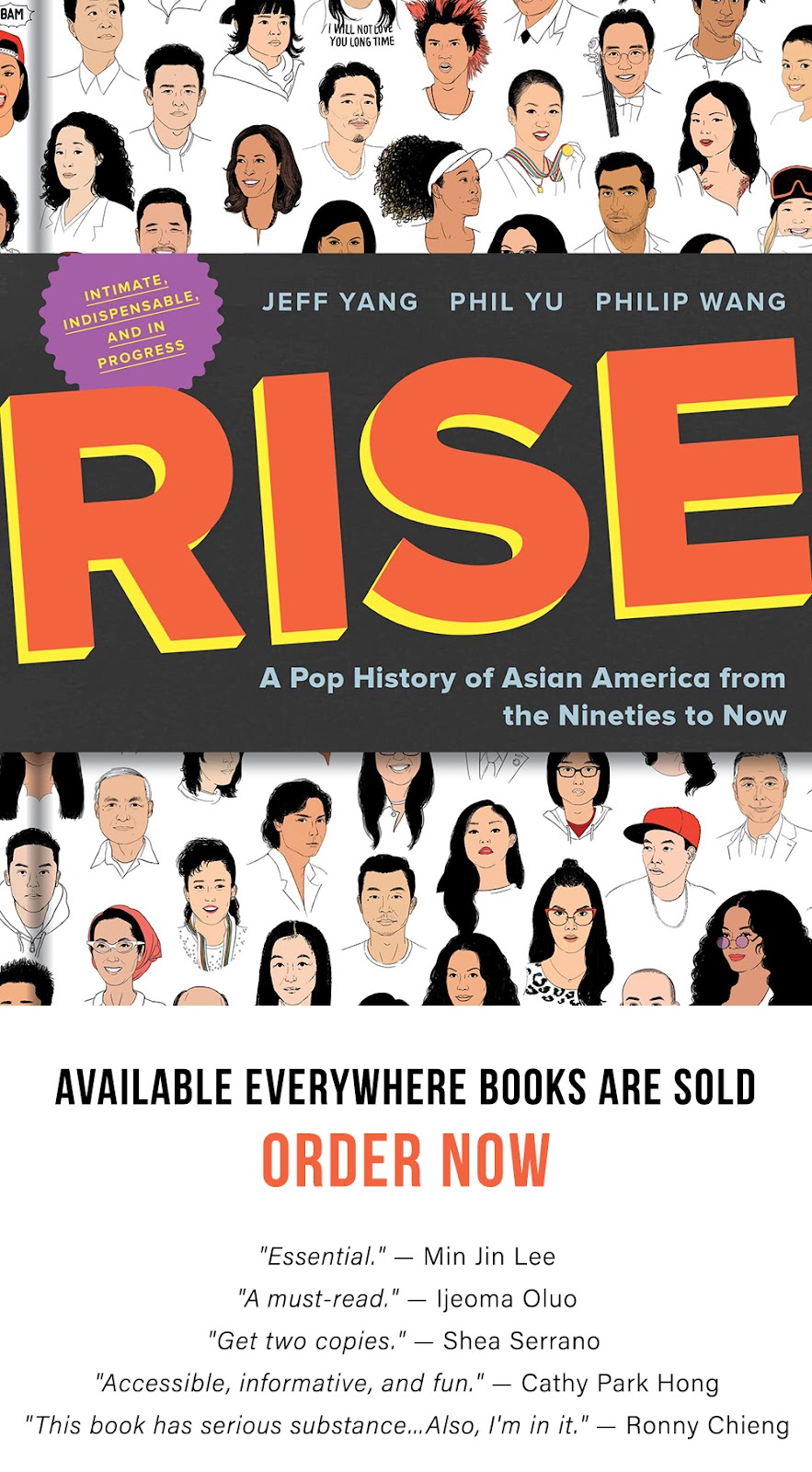This New York Times article on New York City's surging Asian population has got a lot of people talking. New decade, new Census numbers. Think the West Coast has this Asian population thing on lock? Think again: Asian New Yorkers Seek Power to Match Numbers.
According to new Census figures, for the first time, the city's Asian population now tops one million -- nearly 1 in 8 New Yorkers -- which is more than the Asian population in the cities of San Francisco and Los Angeles combined.
These new numbers bolster the push for more political representation, government assistance and public recognition. Shouldn't a community that's a million strong have the comparable power and resources that reflect such a significant slice of the pie? Not without some struggling.
The census shows a striking 32 percent increase in New York’s Asian population since 2000, making it the city’s fastest-growing racial group by far. The Hispanic population grew only 8 percent during that time, while the ranks of non-Hispanic whites declined 3 percent and blacks declined 5 percent.It's an interesting article that reflects a lot of the issues and discussions that always come up when you have such an incredibly diverse group falling under one Asian Pacific American umbrella -- a conversation made even more relevant by these extraordinary new population figures. Be sure to take a look at the interactive map accompanying the article here.
As the number of Asians has soared, scores of groups that have long operated independently, or at odds, have begun pulling together into pan-Asian coalitions in recent years, particularly as younger generations and newer arrivals see the advantages of unifying.
But making that happen is not easy, because the population that calls itself Asian is extremely diverse. Asian-Americans in New York trace their roots to dozens of countries, and speak more than 40 languages and dialects. Certain groups have fared much better than others: the poverty rate of Filipinos, for instance, is one-sixth that of Bangladeshis, according to 2009 data from the American Community Survey.
Older immigrants may have lingering prejudices against other nationalities, rooted in historic rivalries among their native countries. Some organizations, particularly well-established Chinese ones that were in the vanguard of the fight for immigrant rights during the last century, may be hesitant to share hard-won gains. And South Asian groups have sometimes felt muscled aside or ignored by their more established East Asian counterparts.
